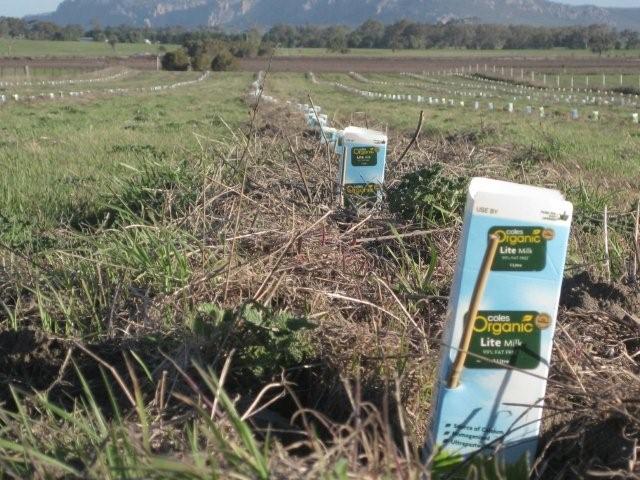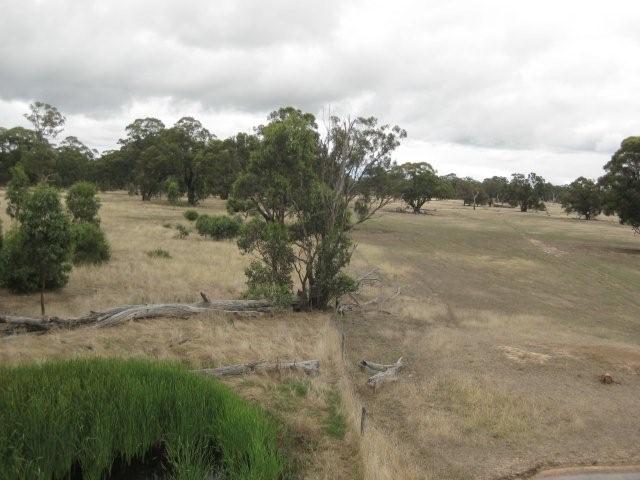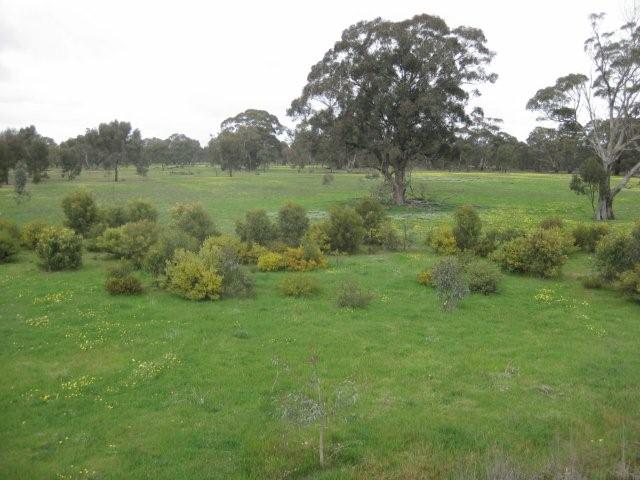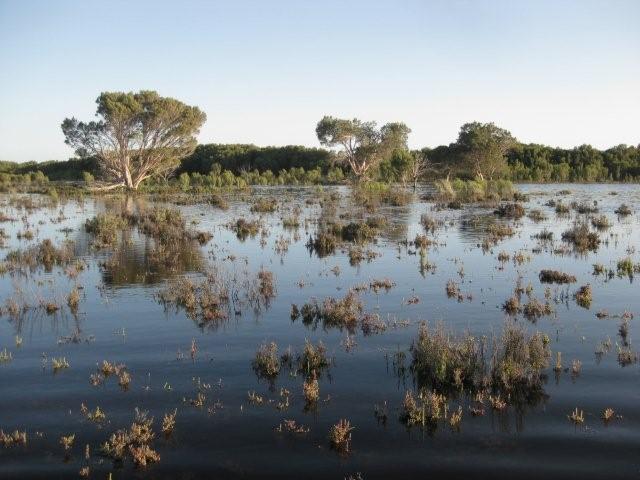|
|
Interview and Review by Christy Bryar
Sustainability in the WimmeraInterview:
Iestyn Hosking: Wimmera Grain Flour Spice and Wimmera Ecosystems, Ceres Environment Park, 6 August 2011 Farming traditions in Australia have changed over the decades, with farm sizes increasing four to five times the size without the number of farmers increasing. Many rural towns have suffered from population decreases and subsequent decline of services being available. Unlike many other rural towns, Natimuk, at the foothill of Mt Arapiles 300km west of Melbourne, has managed to retain its population base of around 500 residents through the rock climbing industry and the subsequent tourism it brings. The traditional industry base for the area was a foundry and a flour mill, both of which facilitated the vast clearing of the natural open grassy woodland landscape and replaced it with pasture land seen today. The community here is diverse; there are people who have little engagement in the town preferring to work and shop in the larger township of Horsham, there is a residual population of railway workers who have stayed after the close of the railway and there is the farming community, sporting (climbing) community and environmentalists. It is the climbing industry, with Mt Arapiles as the draw card that has brought a diversity of ideas to Natimuk. Iestyn Hosking and his partner Heather Phillips are part of a group of residents in Natimuk working with a number of concurrent ideas towards a sustainable future for their town. Approach Iestyn has been tackling issues of sustainability through what he calls ‘action of gap analysis’: ascertaining what is missing and then providing it. His approach is driven both economically and environmentally. Iestyn and Heather, sold their rock climbing shop and purchased a degraded property backing on to the Jilpanger Flora and Fauna Reserve. They set up Trust for Nature covenants on the land and set about creating a different kind of farm. They de-stocked the land, after years of heavy grazing, and immediately planted about 30,000 indigenous ‘speedling’ trees and shrubs and direct seeded wildflowers and grasses. They now harvest the native seeds from their plants to sell for revegetation programs around the state and have been doing so for about 8 years. True to his gap analysis, Iestyn says he started doing this because no one else was. He is still the only person in the region carrying out this type of business. Another gap identified by Iestyn, was that farmers used to produce for themselves and the local community, they now buy and sell everything to the cities. He decided to grow a small scale wheat and rye crops to produce whole grain flour and sell it direct to the consumer. He has 25 local companies that he sells directly to, resulting in a closed economic loop for the community. The grains grown are seasonally varied to produce all year round. Inter-planted with this is vegetables, legumes and spices which around 30% is consumed personally and the rest sold in conjunction with the flour sales. Further to Iestyn’s alternative farming business, he is also part of a group of residents that is working towards zero emissions for their town. They propose to do this through four main areas; renewable energy generation, localisation of food, waste recycling and water harvesting and recycling. An energy group was set up to collectively purchase photovoltaics. Twenty percent of houses now have a solar power system on their roof, with the ambition of working towards one hundred percent in the future. To supplement this the energy group is also looking at a long term project of a community owned wind farm. The programs of localisation of food production and waste management aims to compliment the work being done with energy, by reducing emissions from transport. A number of smaller farms are also experimenting with bio fuels for their farming equipment. Scale On a personal and local scale Iestyn and Heather’s ventures provide themselves and the community with food and income. Their native seed farm on the local scale is valuable for habitat and bio diversity in the area, whilst also investing in the sustainability of native vegetation on a wider scale through revegetation programs which will no doubt have a larger role to play as carbon trading is initiated in Australia. Program The program for the land is an intensified production. Using multiple crops seasonally to get both more out of and put more into the land. In winter crops of hard wheat for bread, soft wheat for biscuits and rye are planted, giving way in summer for crops of Corn Anasazi and Red (heritage varieties), Millet and Teft (an Ethiopian grain). Planted between the wheat are smaller legume crops which lean against the cropped stalks ratined from harvest to grow taller and in turn produce double the yield. Challenges and Opportunities Like all communities, shifting culture and traditional unsustainable practices is the biggest challenge faced by the proactive residents of Natimuk. However people such as Iestyn, while sometimes disappointed by the apathy of some, is never deterred from moving towards sustainability. He approaches each challenge as they arise and finds a solution, adding and layering a diverse set of systems working together. In the near future he is looking to set up a food cooperative to assist people to buy and sell excess produce locally. Add this to his involvement as the coordinator of the local Landcare group, projects with Greening Australia, Habitat Tender program, Trust for Nature, involvement with the Natimuk Energy Group, Wimmera Agroforestry Network, CSRIO Sustainable Communities Initiative, Wimmera Farm Tree Group, his own businesses and becoming a councillor at the Horsham City Council, Iestyn Hosking presents so many opportunities for the area. His ability to act on his passion, diversify his response and educated others by way of example is a meaningful opportunity for Natimuk and the wider region. Natimuk will no doubt have more than rock climbing to share in the future. |





